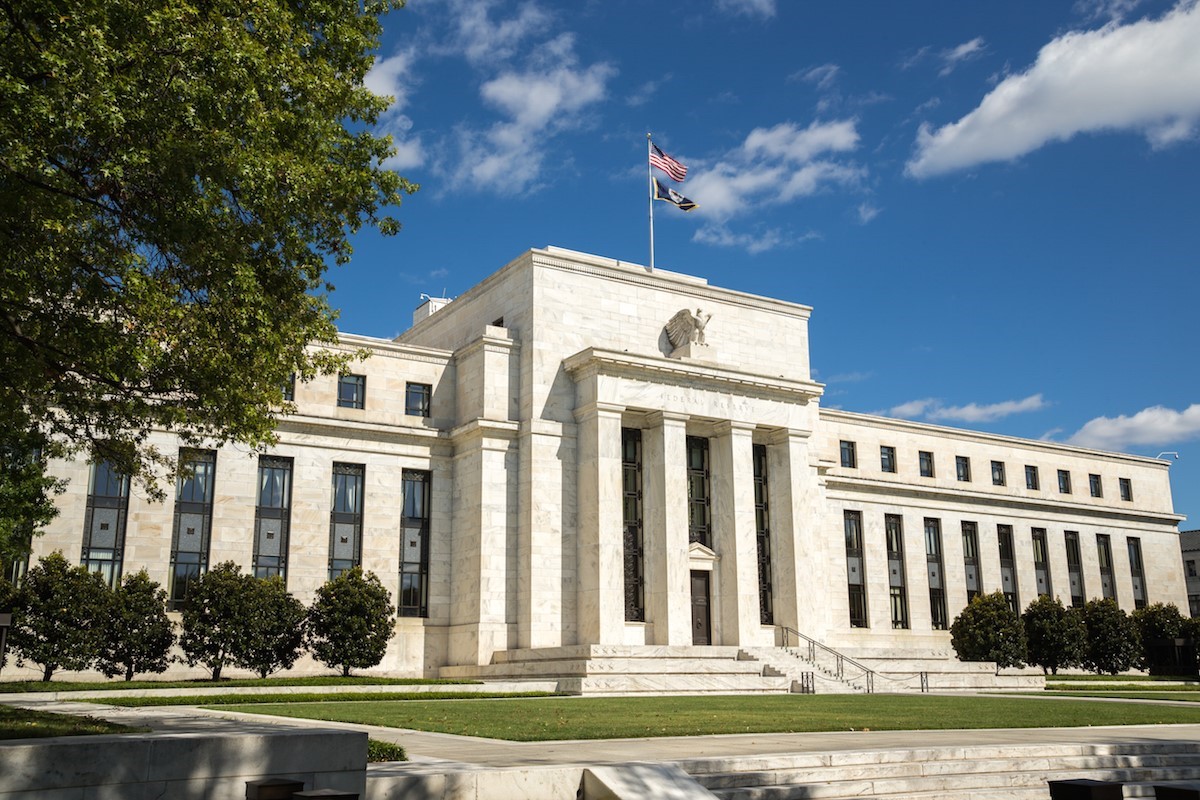How a market trifecta rallied bonds
The bond market made an about-face this week as a trio of news events paused the rising rate trend and sent investors back into bonds.
Analysts last week felt the yield on 10-Year Treasury bonds, which are followed closely by mortgage rates, would move even higher to 3.2 percent, after eclipsing 3 percent for the first time in seven years. Instead, 10Y yields retreated to 2.96 percent in light of geopolitical turmoil and Federal Reserve statements indicating the central bank was more dovish that previously thought.

The first factor leading to the bond rally was the minutes from the Fed's May Open Market Committee meeting. In those records, it was learned the Fed board continues to affirm its belief that inflation has reached its target rate of 2 percent annually. However, the statements indicated the Fed may allow the inflation rate to rise slightly above that target mark in order to maintain the pace of economic growth. This was seen as a slightly more accommodative stance than seen earlier this year. Still, the Fed's likelihood of a rate hike in June remains high.
Second, the newly elected Italian government raised concerns this week as it appeared to reach a coalition around populist leadership that is ruffling feathers with the European Union. While nowhere near the concern level of 2016's Brexit event, the shift in Italian policy raised eyebrows in Europe and send investors to safe have, such as U.S. bonds. This is something to watch for now and see what the new leadership in Italy does next.
Finally, President Trump on Thursday added a third blow when he cancelled the June summit with North Korea's Kim Jung-un. The highly anticipated diplomatic meeting held hopes for a deal to de-nuclearize the Korean peninsula. But a rocky relationship between the two leaders has put the talks on ice. This added volatility to world markets and kept bond yields lower.

Altogether, none of these events on their own appear to create a long-term trend reversal. Bond yields and mortgage rates over the course of the year are still expected to increase as the Fed sells more of its assets and takes action to control inflation. However, it does serve as a good reminder that the volatility we've expected to remain in the market is still there. I don't expect that to change anytime soon.
In other economic news this week, a government report on new home sales disappointed Wall Street. Sales of new single-family homes fell 1.5 percent in April to a seasonally-adjusted annualized rate of 662,000 units. That's below the consensus expectations of 680,000. It further illustrates the difficulty low inventory has created in markets. Home sales continue to lag as demand far exceeds supply. While this is great news for sellers, it's a continued headwind for buyers — and the mortgage lenders who facilitate their purchase.
In closing, I hope each of you enjoy this Memorial Day weekend with friends, family and loved ones. I hope you'll find a quiet moment to reflect on the meaning of the day and the 1.1 million Americans who have made the ultimate sacrifice in military service, and their families who are left in our care.


